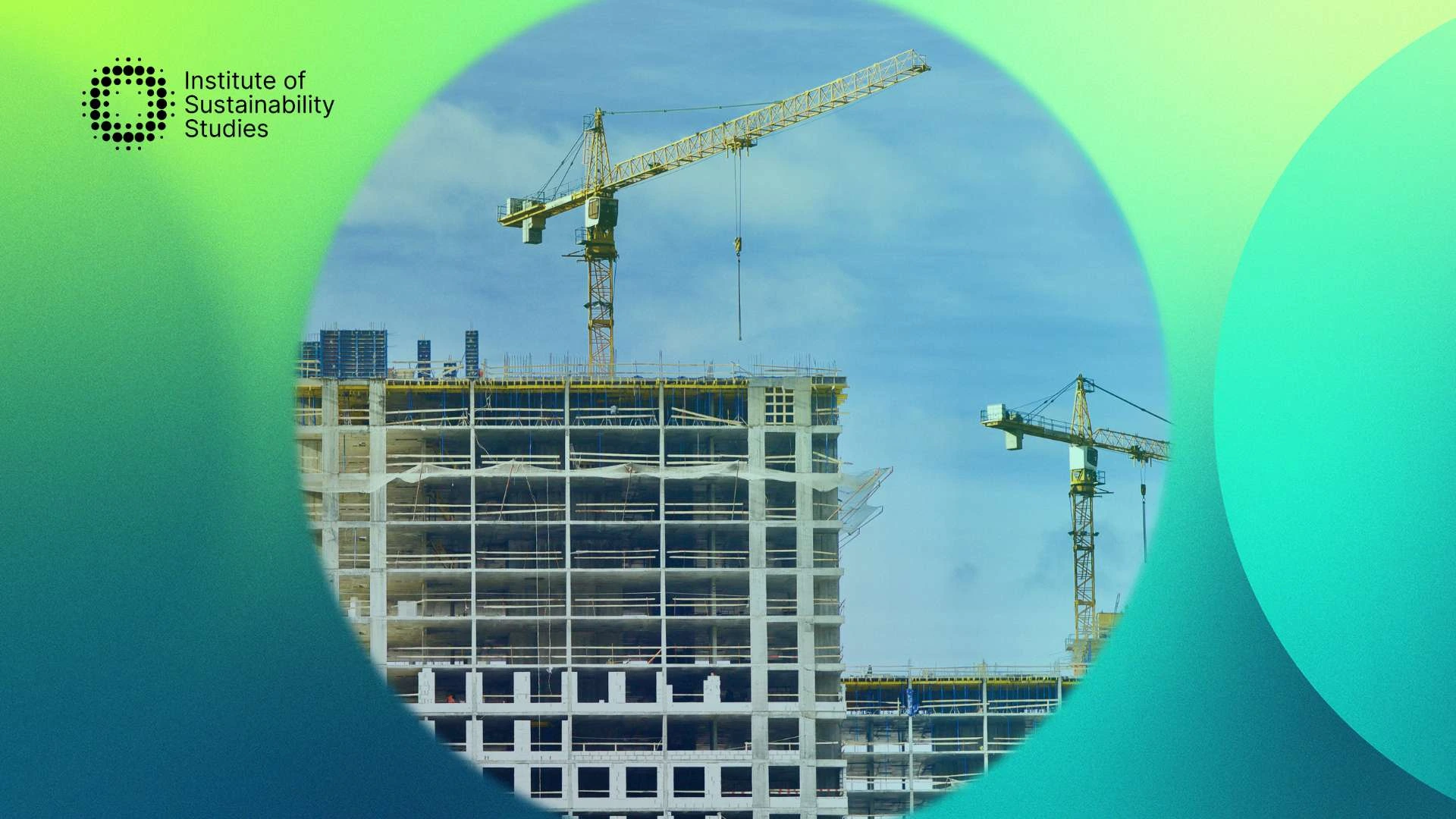Construction and buildings have significant impacts on the planet. A construction blog shares new research on how construction impacts the environment by contributing to 50 percent of landfill wastes, 50 percent of climate change, 40 percent of drinking water pollution, and 23 percent of air pollution. In the race to net zero, we need every sector to make changes and reduce their impact. Integrating a sustainability strategy into construction practices is vital, and green buildings could be the answer for a more sustainable construction industry. Keep reading to learn more about green buildings.
What is a green building?
A sustainable or green building is one whose design and construction enable it to improve or preserve the quality of life in the surroundings. It is crucial for the structure to operate at a high degree of efficiency in order to do this, minimising the consumption of water, energy, and other resources in order to reduce pollution. The Leadership in Energy and Environmental Design (LEED) certificate is the globally accepted official recognition that establishes whether or not a building should be deemed sustainable or green.
A points system based on various areas is established by the LEED certification. These sections span efficient use of water, sustainable sites, location and sustainable transport, materials and resources, energy and atmosphere, design innovation, regional priority, and indoor environmental quality. Environmentally sensitive areas shouldn’t be used to create green buildings, and there should be public transport available to reduce the usage of private vehicles. Sustainable buildings should also work to maintain and protect the natural habitat, minimise pollution and the use of natural resources, and encourage interaction with nature.
Green buildings should reduce energy consumption by increasing energy efficiency and using renewable energy. They should limit the use of water during construction and offer mechanisms to curb the building’s water footprint. Green buildings should address the quality of the space for their occupants, such as thermal control, air cleanliness, and noise pollution. Additionally, they should work to achieve improvements for the place where it is situated regarding environmental, social, equity, and public health. Finally, they should implement innovative sustainability strategies throughout their construction.
A brilliant example of a green building is the Iberdrola Tower in Bilbao, Spain. It was designed by architect César Pelli. The building houses the group’s headquarters and due to its characteristics and features, it represents the zero mile of renewable energy. Its 165-metre-high glass structure is a benchmark in energy efficiency and sustainable design. It also has an energy recovery ring which minimises its carbon footprint. The building was considered an engine for the creation of value for the company’s employees, its customers, and its environment. The layout inside is also an environmentally friendly space that drives operational efficiency.
Why build green buildings?
Sustainable or green buildings are incredibly important as they represent a clear way to showcase a commitment to environmental sustainability. They can help us to reduce adverse effects on the natural environment by limiting water and energy use and other natural resource use.
Additionally, they encourage us to use renewable energy sources and environmentally friendly materials and reduce waste and emissions. Green buildings enable us to protect and enhance biodiversity and conserve ecosystems and inspire people to connect more with nature. This also has benefits for their mental health and well-being.
Summary
Green building design could be the answer to a more eco-conscious construction industry and the establishment of green cities, which help us greatly in achieving our climate goals. The main principles of green buildings are indoor air quality, energy efficiency, livable communities, water conservation, and resource conservation. To start your business sustainability journey today, check out our comprehensive business sustainability course, which gives you the practical tools and insights to start taking climate action.










